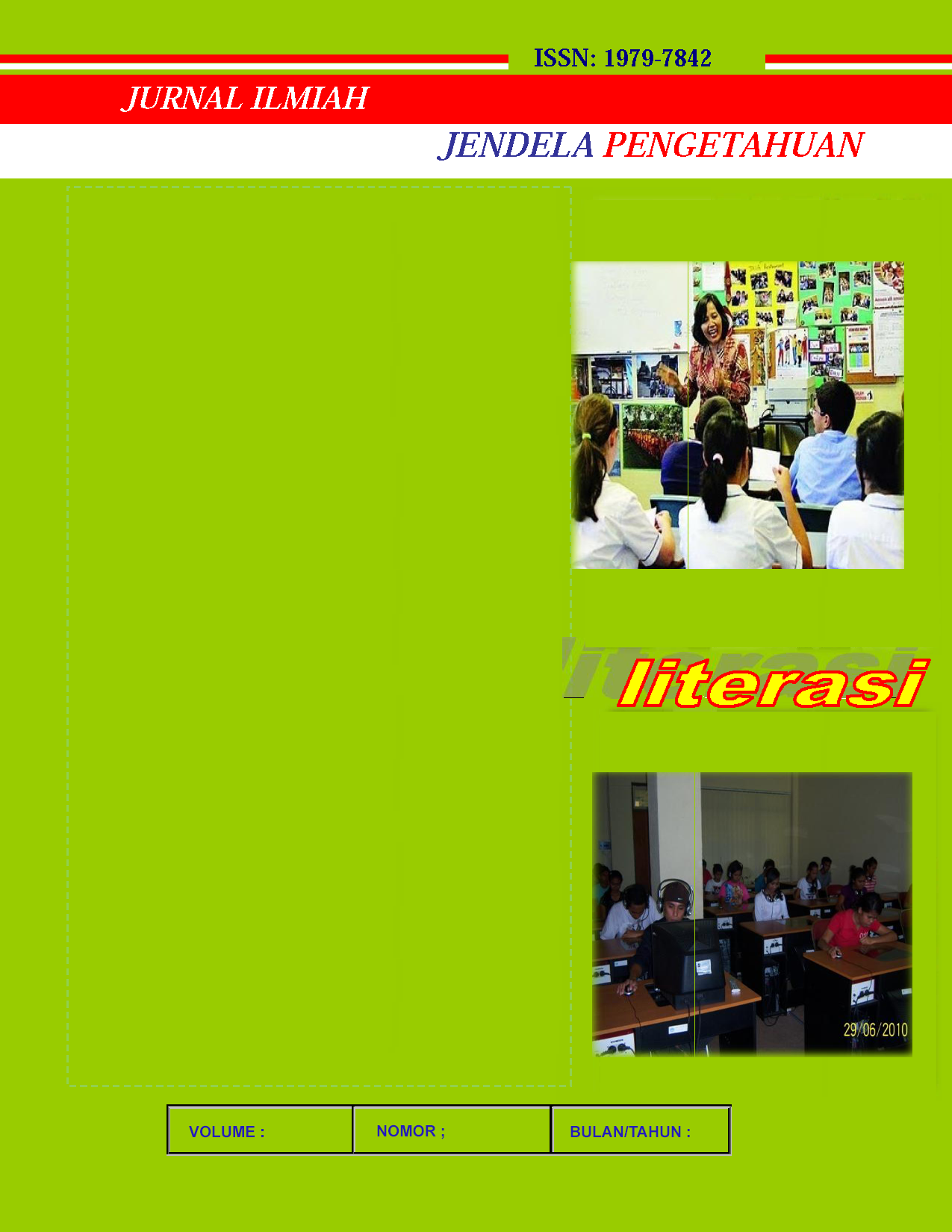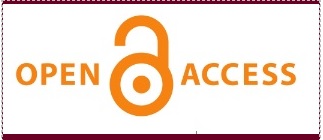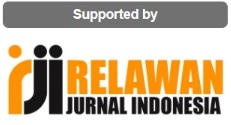Analysis of Entrepreneurial Potential Among Students at the Faculty of Teacher Training and Education, Pattimura University
Analisis Potensi Kewirausahaan Mahasiswa di Fakultas Keguruan dan Ilmu Pendidikan Universitas Pattimura
Abstract
This study explores the strategies for developing tourist attractions in Oma Village, Haruku Island, and Central Maluku, focusing on enhancing the local economy through local tourism development. In a qualitative approach, the study utilized data collection methods, including interviews, observations, and documentation involving key informants such as the village chief, government officials, and residents. Data analysis involved grouping and organizing to identify patterns and categories, which were then translated through SWOT analysis to evaluate the implementation of strategies for developing Air Asol tourism. Findings revealed that the tourism potential of Air Asol holds significant promise if managed effectively. Recommended development strategies include continuous promotion of the Sapta Pesona principles, community-based tourism development, and certification of tourism human resources. The study's conclusion underscores the importance of proper management and suitable strategies to enhance the tourism potential of Oma Village. It is hoped that the research findings will contribute positively to the development of Air Asol tourist attraction and the local economy.
Downloads
References
Ali, A., Topping, K.J., and Tariq, R.H. 2011. Entrepreneurial attitudes among potential entrepreneurs. Pakistan Journal of Commerce & Social Science, 5(1): 12-46.
Alma, Buchari. 2009, Kewirausahaan. Alfabeta, Bandung
Ansiska, P., Lasaiba, M. A., Helmi, D., Nurwijaya, S., Lasaiba, D., & Author, C. (2023). Implementation of Guided Inquiry Learning Model in Improving Students’ Understanding of Paraphrasing. Sumatra Journal of Disaster, Geography and Geography Education, 7(1), 81–86. https://doi.org/10.24036/sjdgge.v7i1.526
Bondan, Sri. 2013. Potensi dan Peluang Mahasiswa Berwirausahaan. Fakultas Ekonomi Universitas Tidar Magelang.
Casson, Mark. 2012. Entrepreneurship: Teori, Jejaringdan Sejarah. Rajawali Press. Depok.
Ciputra (2009). Ciputra Quantum Leap; Elex Media Komputindo, Jakarta
Collins, C.J., Hanges, P.J., and Locke, E.A. The relationship of achievement motivation to entrepreneurial behavior: a meta-analysis. Human Performance, 17(1): 95-117.
Ferdinand, Agusty. 2011. Metode Penelitian Manajemen. Seri Pustaka Kunci. Semarang.
Gardner, Howard 2004 Theory of Multiple Intelligences.Thirteen ed online,
Green, M.H. 1995. Influence of job type, job status, and gender on achievement motivation. Current Psychology: Research & Review, Summer, 14(2): 159-165.
Hendro. 2011. Dasar dasar kewirausahaan. Erlangga. Jakarta.
Hudgens, G.A., and Fatkin, L.T. 1985. Sex differences in risk-taking: repeated sessions on a computer simulated task. Journal of Psychology, 119(3): 197-206.
Johnson, B.R. 1990. Toward a multidimentional model of entrepreneurship: the case of achievement motivation and the entrepreneur. Entrepreneurship,Theory, and Practice, 14: 39-54.
Landi, Zaka Prasetiya. 2013. Jurnal Potensi Bisnis dan Kewirausahaan Bentuk Bisnis Kecil.
Lasaiba, M. A. (2018). Penggunaan Model Pembelajaran Berbasis Masalah (Problem Based Learning) Terhadap Hasil Belajar Geografi Pada Peserta Didik Kelas Vii-2 Smp Negeri 14 Ambon. Jendela Pengetahuan, 11(2), 8–21. https://ojs3.unpatti.ac.id/index.php/jp/article/view/6317
Luthje, C., and Franke, N. 2003. The ‘making’ of an entrepreneur: testing a model of entrepreneurial intent among engineering students at MIT. Research & Development Management, 33(2): 135-147.
Muller, S.L., and Goic, S. 2002. Entrepreneurial potential in transition economies: a view for tomorrow leaders. Journal of Occupational Entrepreneurship, 7(4): 399-414.
Muller, S.L. 2004. Gender gap in potential for entrepreneurship across countries and cultures. Journal of Development Entrepreneurship, 9(3): 199-220.
Nurhasanah, Farida. 2013. Potensi Membangun Karakter Kewirausahaan. Univesitas Sebelas Maret.
Rhenaldy Kasali, dkk (2012). Modul Kewirausahaan. Hikmah, Jakarta.
Raab, G., Stedham, Y., and Neuer, M. 2002. Journal of Business and Management, 2 (1): 71-88.
Rahman, K.M., and Rahman S.F.R. 2011. Entrepreneurship needs and achievement motivation of descendant Latin-Jalanese entrepreneurs in Japan. International Journal of Entrepreneurship, 15: 99-119.
Risky, Nanda Nur. 2011. Menggali Potensi Jiwa Wirausaha Mahasiswa. STMIK Amikom. Yogyakarta.
Scotchmer, S. 2007. Risk taking and gender in hierarchies. American Law & Economics Association Annual Meetings (paper 13): 1-27.
Singh, R.P., Knox, E.L., and Crump, M.E.S. 2008. Opportunity recognition differences between black and white nascent entrepreneurs: a test of Bhave’s Model. Journal of Developmental Entrepreneurship, 13(1): 59-75.
Suryana (2004). Kewirausahaan. Salemba Empat, Jakarta.
Thang, V.N., Bryant, S.E., Rose, J., Chiung-Hui, T., and Kapasuwan, S. 2009. Cultural values, market institution, and entrepreneurship potential: a comparative study of the United States, Taiwan, and Vietnam. Journal of Developmental Entrepreneurship. 14(1): 21-37.
Zimmerere, Thomas W dan Scarborough, Norman M, 2002. Pengantar Kewirausahaan dan Manajemen Bisnis Kecil. PT. Prenhallindo. Jakarta.
















